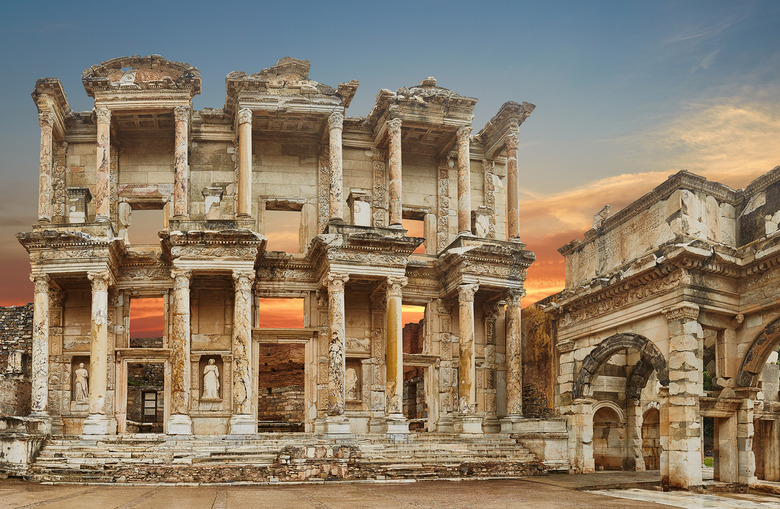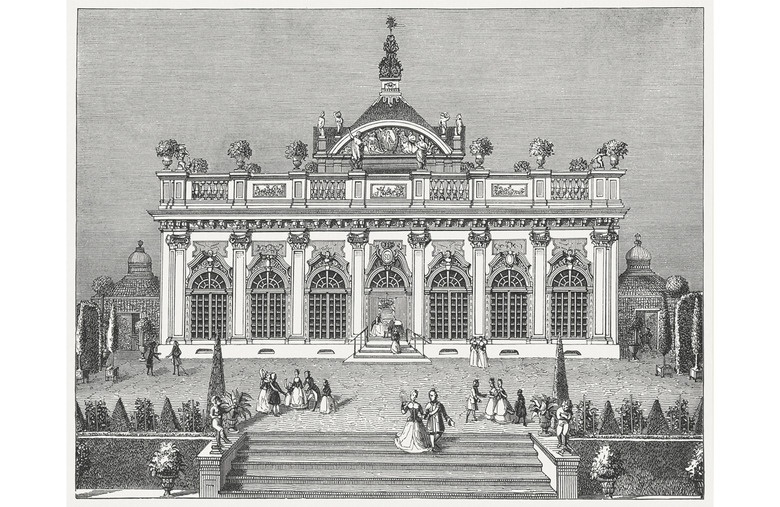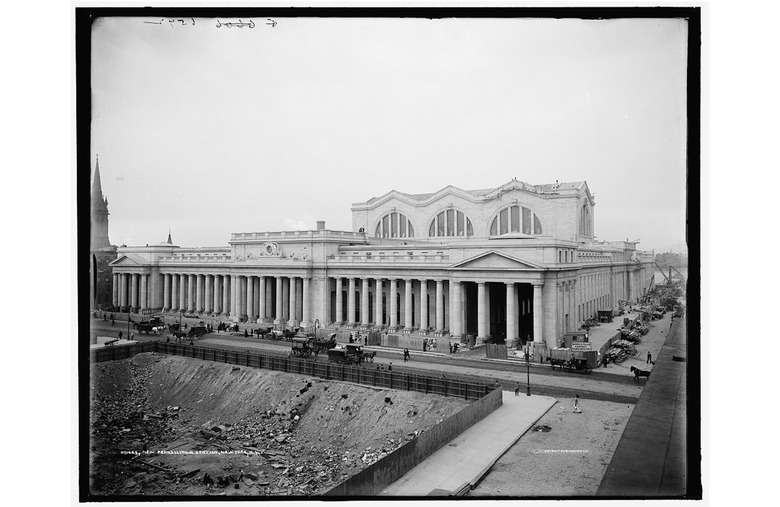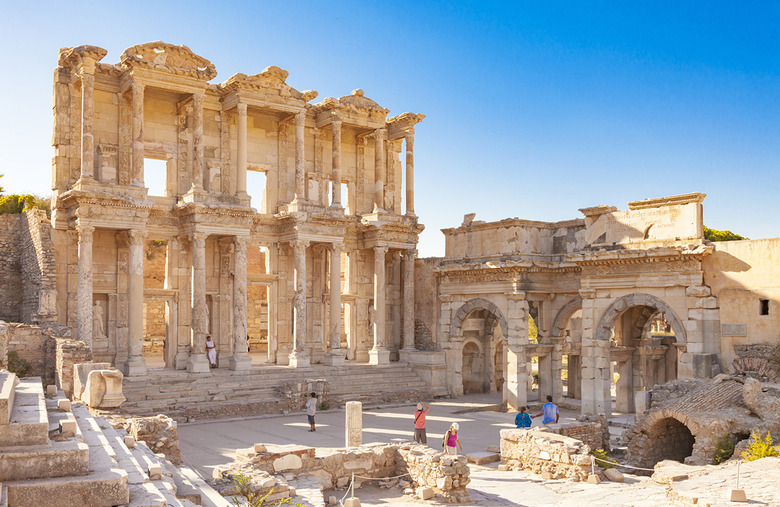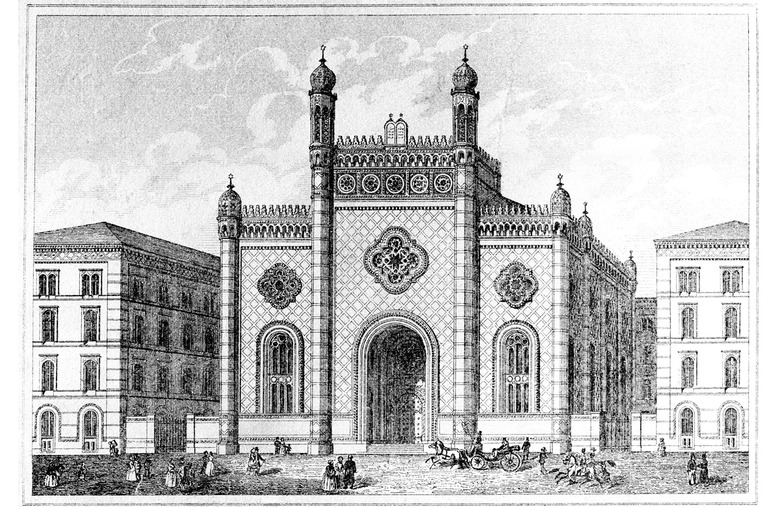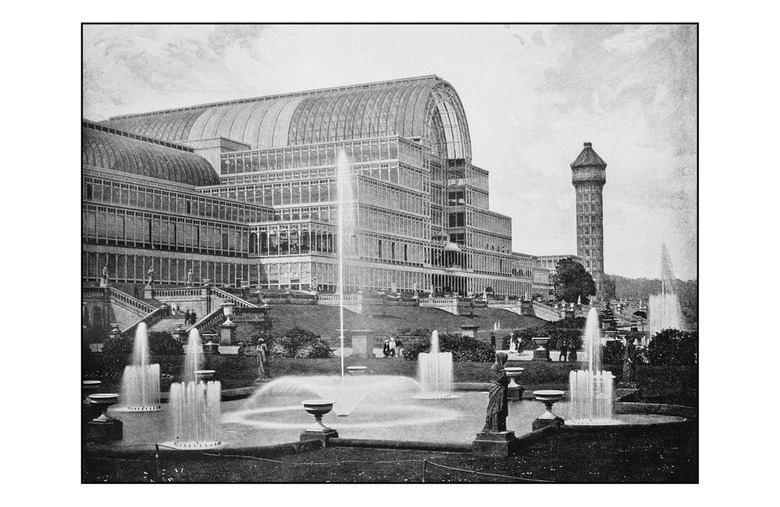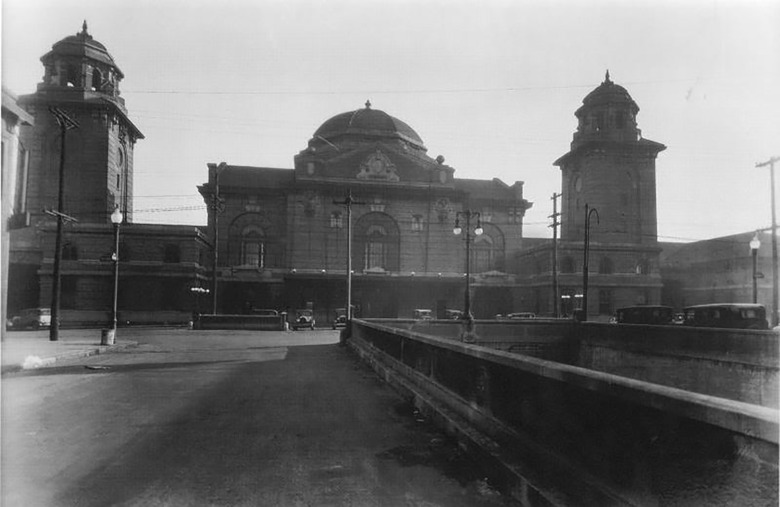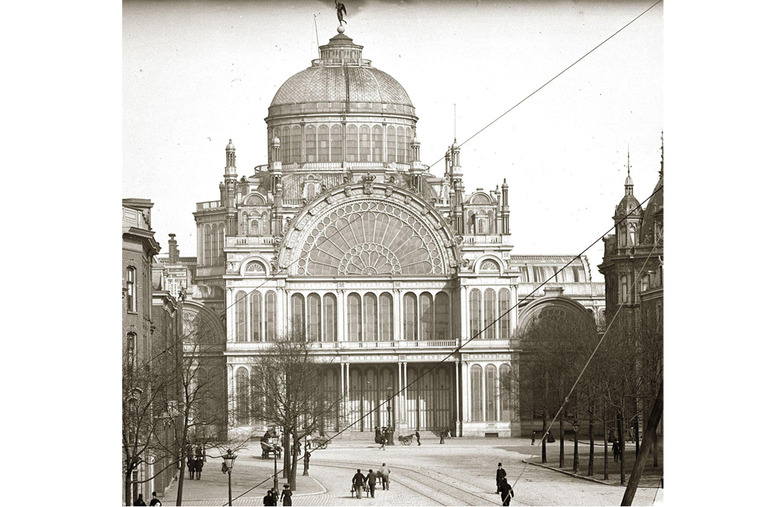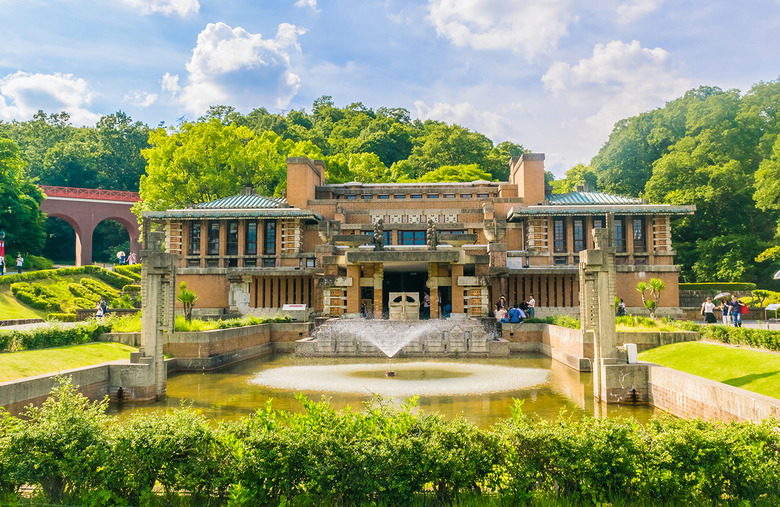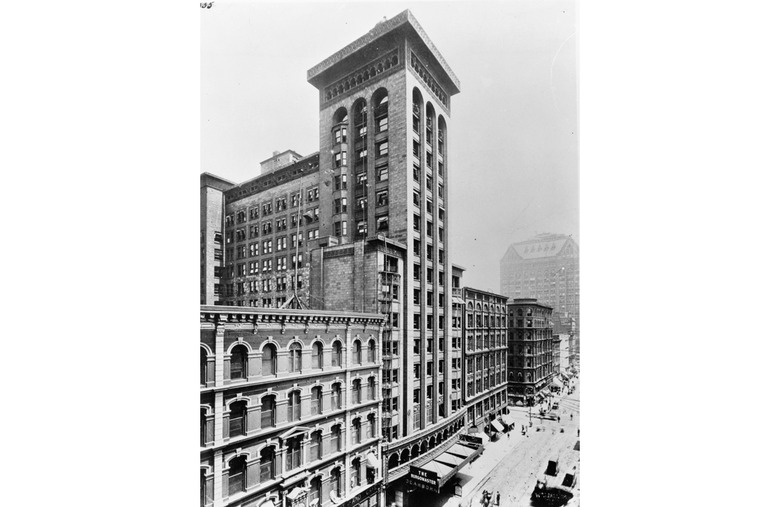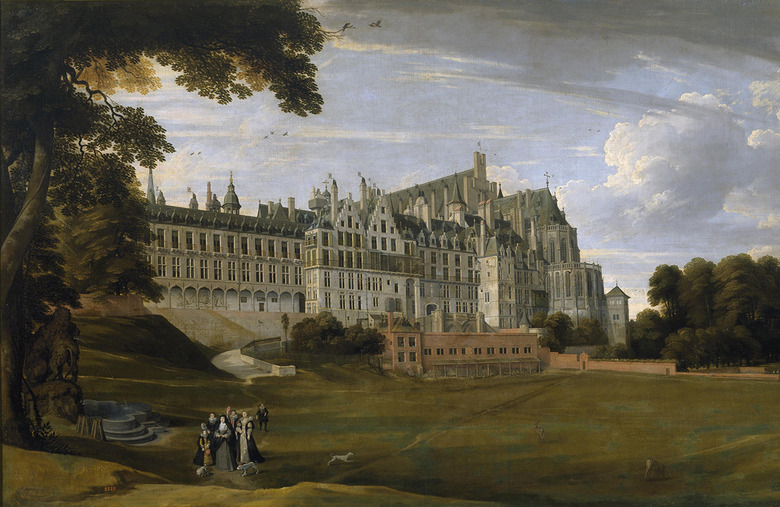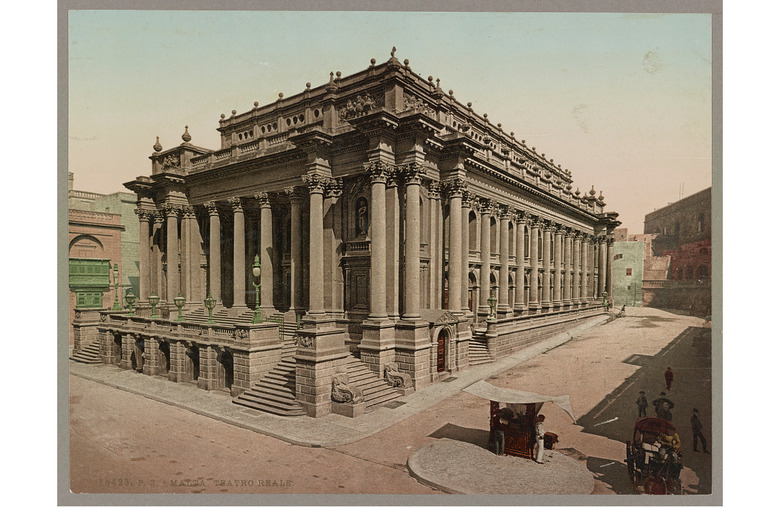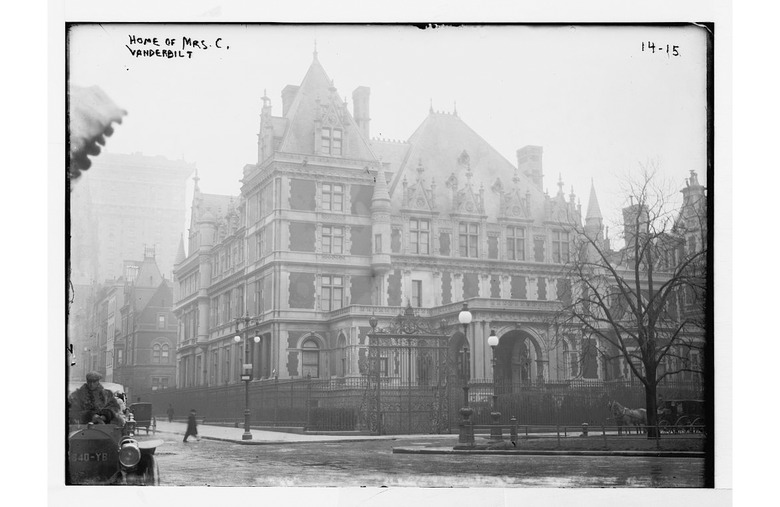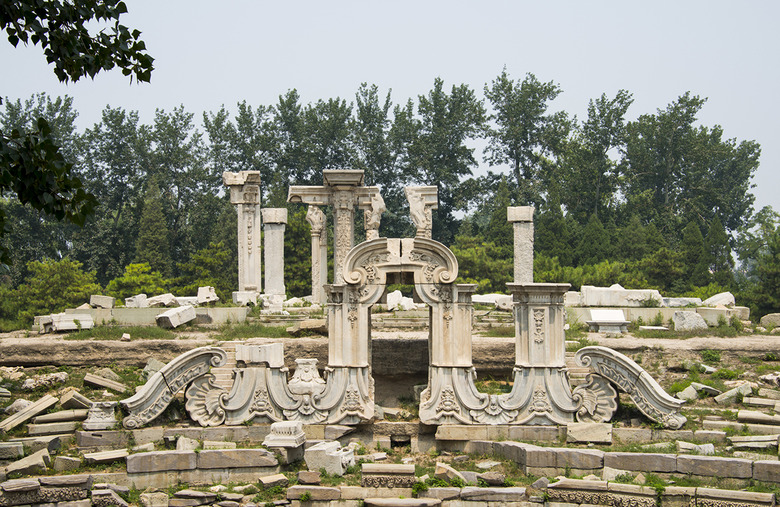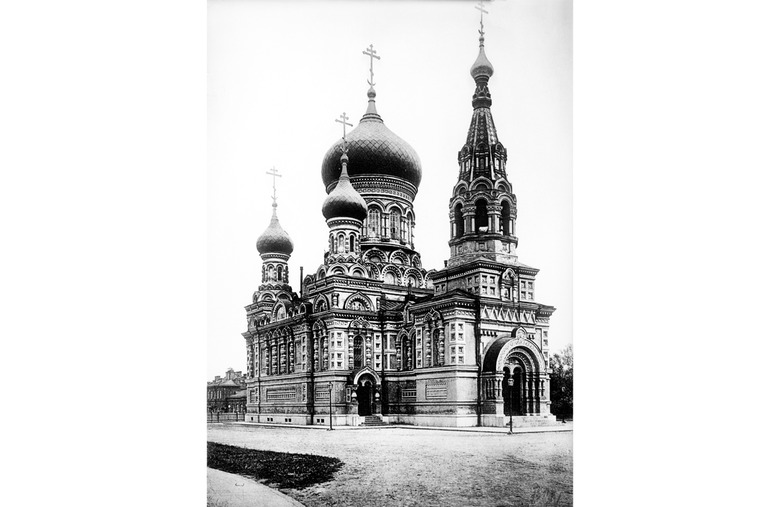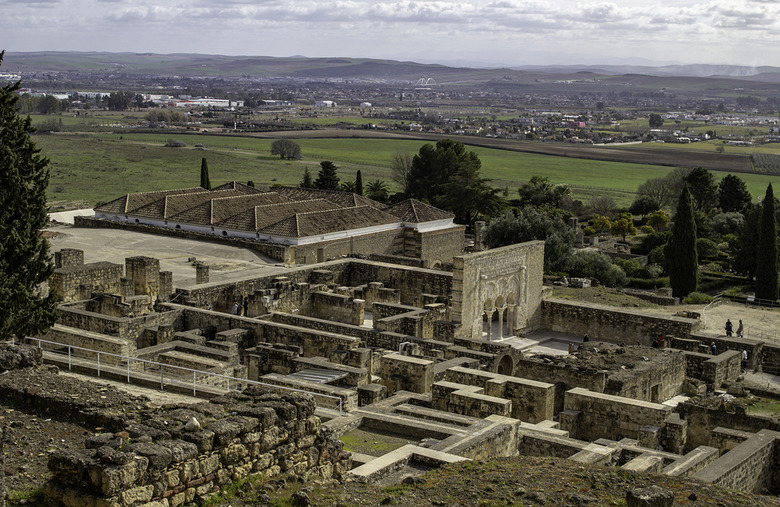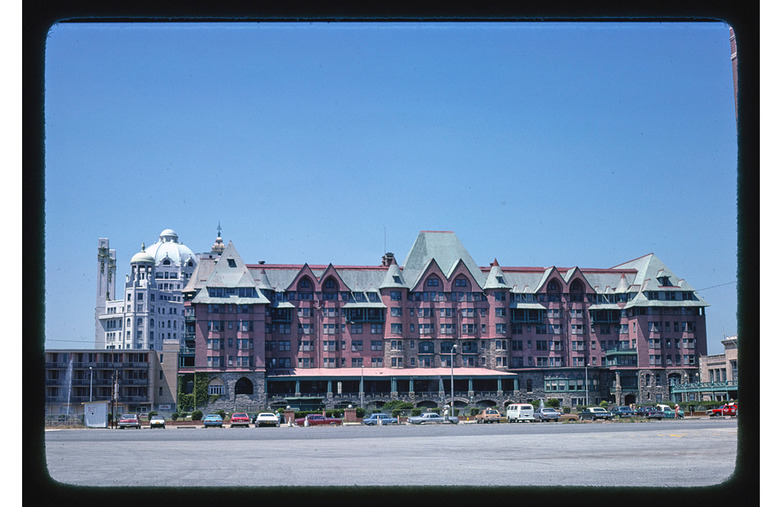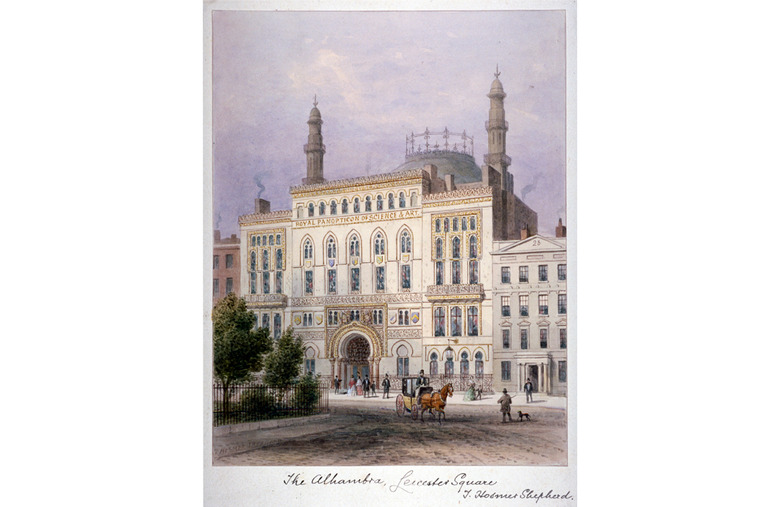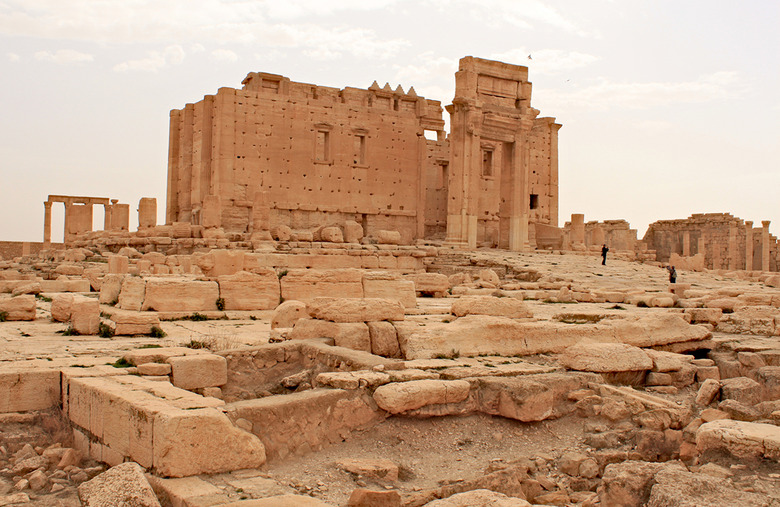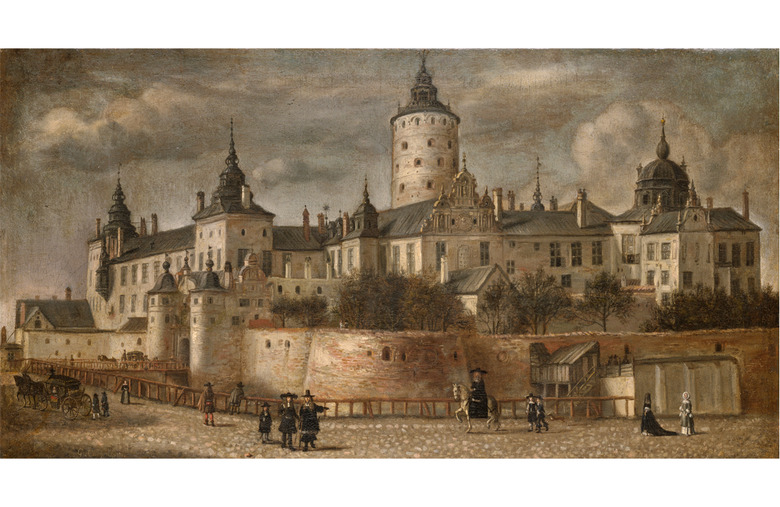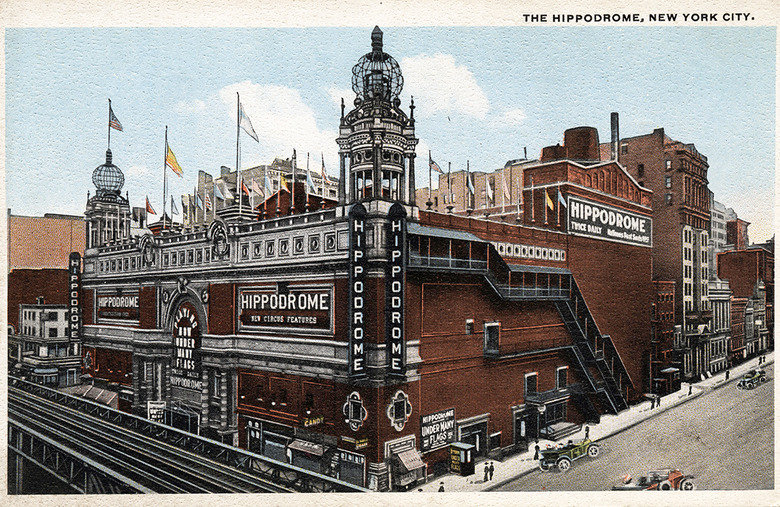Gorgeous Buildings We Wish Were Still Standing
Architecture is more than just a home to history and culture; it's often the greatest representation of both. And when great architecture is demolished, more than just a building is lost.
Planned demolitions, fires and warfare, among other things, have cost us many grand palaces, breathtaking houses of worship, stunning libraries, ornate mansions and monumental civic structures. Some of these buildings have long been forgotten, while others remain well known in the minds (if not the memories) of millions. These buildings are as much a testament to the era in which they were constructed as to the circumstances of their demise, and even though they're gone forever, we would have loved to witness them in person.
Monbijou Palace (Berlin, Germany)
A beautiful Rococo-style palace built in the early 18th century, Monbijou Palace was built for Frederick I of Prussia of the Hohenzollern dynasty, which ruled Germany until World War I. The palace was heavily damaged in World War II, and its ruins were completely razed in 1959. Today, the spot is home to Monbijou Park.
Pennsylvania Station (New York, New York)
To this day, you may still hear New Yorkers lament the loss of the old Beaux-Arts Penn Station, which was named for its builder, the Pennsylvania Railroad Company, and opened in 1910. Encompassing 8 acres, it was considered one of the greatest architectural achievements in the city's history upon its construction. Its exterior boasted long colonnades of 84 pink granite columns; its grand waiting room, the largest indoor space in the city, had a vaulted coffered ceiling soaring to 148 feet high; the main concourse was lit by a domed glass and steel roof through which sunlight streamed down onto the tracks below. After decades of declining rail travel, the icon was razed in what The New York Times called "a monumental act of vandalism;" it was so sturdily built that it took three years, from 1963 to 1966, to demolish completely. It was replaced with a completely underground Pennsylvania Station beneath a new Madison Square Garden, quickly becoming one of the most reviled spaces in the city. What art historian Vincent Scully wrote upon seeing the replacement Penn Station certainly holds true: "Through [Pennsylvania Station] one entered the city like a god... One scuttles in now like a rat."
Library of Celsus (Selçuk, Turkey)
The ruins of the Library of Celsus are an undiscovered wonder located in the present-day Turkish city of Selçuk. The library was built in the early second century A.D. in the Anatolian city of Ephesus in honor of Roman Senator Tiberius Julius Celsus Polemaeanus, originally serving as his mausoleum and the home of 12,000 scrolls, making it the third largest library in the ancient world. The interior was destroyed in the third century, and it took a further hit when its beautiful façade was further damaged in the 10th or 11th. However, that façade was re-erected in the 1970s and is a particularly beautiful sight when lit up at night.
Leopoldstädter Tempel (Vienna, Austria)
Built in the Moorish Revival style in 1858, the Leopoldstädter Tempel was the largest synagogue in Vienna before it was destroyed on November 10, 1938, during the Kristallnacht by Nazi stormtroopers and paramilitary forces. Its gorgeous, Moorish-style interior decorations became the inspiration for many other synagogues, influencing the architecture of the likes of Prague's Spanish Synagogue, Kraków's Tempel Synagogue, Bucharest's Templul Coral and the Grand Synagogue of Edirne in Turkey.
Crystal Palace (London, England)
Located in London's Hyde Park, the Crystal Palace was originally built as the site of the Great Exhibition of 1851, which exhibited more than 14,000 examples of the latest Industrial Revolution technology. Taking up 990,000 square feet, the building was 1,851 feet long and 128 feet tall, making it three times the size of St. Paul's Cathedral. Constructed with cast iron and plate glass, the structure featured the largest area of glass ever used in a building, and its design meant it did not need to rely on any interior lighting. After the Festival of Empire, a celebration of King George V's coronation, was held there in 1911, the Crystal Palace fell into disrepair before its destruction in a fire in 1936.
Birmingham Terminal Station (Birmingham, Alabama)
Completed in 1909, the Birmingham Terminal Station in Alabama was funded by the Birmingham Terminal Company with $2 million and took up two city blocks. Light-brown brick and dual 130-foot towers on either side of a 64-foot-diameter dome comprised the exterior of the Beaux-Arts style station, which also showed Byzantine influences in its architecture. Intricate tilework covered its dome, which also had a skylight made of ornamental glass, letting light into its gray Tennessee-marble interior. As air travel became more popular, however, the station began to decline and it was eventually demolished in 1969.
Paleis voor Volksvlijt (Amsterdam, The Netherlands)
The Paleis voor Volksvlijt ("Palace of Popular Diligence" in Dutch) was inspired by London's Crystal Palace and opened in 1864 as an exhibition hall. It was soon turned into an entertainment center, with shops and other features including apartments. The Paleis voor Volksvlijt served as an important cultural center until 1895, when the operatic troupe that performed there went bankrupt and its orchestra was laid off as well. In April 1929, the main building was destroyed, although the shops and galleries were spared. In 1960, the remaining structure was torn down as well.
Imperial Hotel (Tokyo, Japan)
Tokyo's Imperial Hotel has existed in three iterations, including the current structure, which has stood since 1968. But it was the second version, which opened in 1923, that was especially lauded for its design, by world-renowned architect Frank Lloyd Wright. Wright designed the hotel in the Maya Revival style, with a tall pyramid-like structure and Maya-inspired motifs throughout its decor. The hotel was also designed in the rough shape of the Imperial Hotel logo, with a central, public wing shaped like an I that cut through the guest room wings, which formed the letter "H." The second Imperial Hotel was demolished shortly after it closed its doors in November 1967.
Garrick Theater (Chicago, Illinois)
Designed by the "father of skyscrapers," Louis Sullivan, along with his partner Dankmer Adler, the Garrick Theater was first built for the German Opera Company and known as the Schiller Theater Building. Considered one of the greatest Adler & Sullivan projects, the 1,300-seat theater was briefly called the Dearborn Theater until it was given its final name in 1903. The theater was turned into a cinema in the 1930s and then a television studio in 1950 before reverting back to movies in 1957. Throughout all those years, however, the Garrick Theater was on a decline, and it was finally demolished in 1961 to make way for a parking structure.
Palace of Coudenberg (Brussels, Belgium)
Built on a small hill in Brussels, the Castle of Coudenberg was constructed in the 12th century and gradually converted into a palatial residence in the 14th and 15h centuries. Its huge royal reception room, called the Aula Magna, was the site where the future Holy Roman Emperor Charles V formally became sole ruler of the Burgundian territories after his aunt stepped down from her regency in 1515, and where he abdicated 40 years later in favor of his son, King Philip II of Spain. The site of great history and art over the centuries, the palace was unfortunately burned down in 1731 after its kitchens caught fire. It was later replaced with Place Royale in 1774.
Royal Opera House (Valletta, Malta)
Valletta's Royal Opera House, or Royal Theatre as it was also known, opened its doors in 1866, having been designed by the same architect as London's Royal Opera House. With a capacity of 1,095 people for seating with 200 more standing, the opera house met its end in 1942 when German bombers took it out during World War II. Multiple attempts were made in the decades after to rebuild this icon of Malta until 2013, when the Pjazza Teatru Rjal (Maltese for "Royal Theatre Square"), an open-air theater set in the ruins of the Royal Opera House, was completed.
Cornelius Vanderbilt II House (New York, New York)
Situated on 57th Street and Fifth Avenue in Midtown Manhattan, the Cornelius Vanderbilt II House was originally built in 1883 for Cornelius Vanderbilt II, the eldest grandson of "The Commodore" Cornelius Vanderbuilt, patriarch of the prominent Vanderbilt family; the house was further expanded into a mansion that took up the entire block when the younger Vanderbilt felt that his neighbors were trying to outdo him. The interiors were designed by a French firm, and features included a small and grand salon, two-story ballroom, two-story dining room (which also served as an art gallery), library, watercolor room, two-story smoking room and more. The mansion had six stories, as well as a basement, stable and private garden. The largest private residence ever built in the city, it was sold in 1926 before being demolished to make way for a Bergdorf Goodman department store.
Old Summer Palace (Beijing, China)
The Old Summer Palace, or Yuanming Yuan ("Gardens of Perfect Brightness") as it has been known in Chinese, was a palatial complex that was built in the 18th and early 19th centuries and lasted until 1860, when it was looted and destroyed by British and French troops. Initially built for the Qianlong Emperor of the Qing Dynasty, it remained the residence of his successors until then. Covering more than 800 acres, the palace was so large that it took 4,000 men to completely destroy it over three days. Hundreds of precious Chinese artworks were stolen in the process, and can now be found in 47 top museums throughout the world.
Church of the Archangel Michael (Warsaw, Poland)
A military church built for Russian troops stationed in Warsaw, the Church of the Archangel Michael was completed in 1894. Five cross-topped green domes and a bell tower characterized this Russian Revival church, with another dome gracing the entrance, reminiscent of Moscow's Saint Basil's Cathedral. Richly detailed decorations and frescoes covered its walls, with gilded interiors and terracotta floors creating a breathtaking effect. However, when the troops left in 1915, the church fell into disrepair before demolition in 1923 due to its past Russian association.
Madinat al-Zahra (Córdoba, Spain)
The palace-city of Madinat al-Zahra was built in the 10th century by the first Umayyad Caliph of Cordoba, Abd-ar-Rahman III. Serving as the de facto capital of Muslim Spain, the palace included the caliph's residence, a mint and a mosque and was also home to grand halls as well as beautiful gardens. Influential to much of the Andalusian and western Islamic architecture that came after it, the Madinat al-Zahra palace's construction pioneered many features such as basilical royal reception halls. After the fall of Muslim rule, the entire city was gradually buried before being unearthed in 1911 and its ruins, located on the western outskirts of Cordoba, can still be seen today and were declared a UNESCO World Heritage Site in July 2018.
Marlborough-Blenheim Hotel (Atlantic City, New Jersey)
Named after the Blenheim Palace, English residence of the Dukes of Marlborough in Oxfordshire, the Marlborough-Blenheim Hotel was a historic resort located on Atlantic City's old-fashioned boardwalk. It started out as a Queen Anne-style hotel that was expanded and opened as a resort in 1906, the largest reinforced concrete building in the world. Its new Spanish and Moorish-inspired look included a beautiful dome and several chimneys, but unfortunately the iconic hotel was closed in 1977 and demolished over the next couple of years, eventually to be replaced by Bally's Park Place.
The Royal Panopticon of Science and Art (London, England)
Bestowed with a royal charter in 1850, the Royal Panopticon of Science and Art opened in March of 1854 in London's Leicester Square. In addition to exhibiting top scientific and artistic achievements of the day, the building was an architectural wonder, with a large rotunda flanked by grand minarets. The popularity of the exhibits soon waned, however, and the building was sold two years later, only to re-open as a music hall before being demolished in 1936. Today, it's the site of a movie theater.
Temple of Bel (Palmyra, Syria)
Dedicated to the Mesopotamian god Bel in 32 A.D., the Temple of Bel was the religious center of the ancient city of Palmyra. During the Byzantine Era, it was converted into a church and then in 1132, Arab Muslims modified parts of the structure in order to preserve it and converted it into a mosque. Time turned the structure into ruins, parts of which were still inhabited by nomads and herders, but the temple remained one of the best preserved remains in Palmyra before it was destroyed by ISIS in August 2015. Today, the arched main entrance remains, but much of the temple is lost — although restoration plans are being considered following the Syrian Army's recapture of the city.
Tre Konor (Stockholm, Sweden)
The present-day Stockholm Palace stands on what used to be the site of Tre Konor, a castle that is believed to have been expanded from a citadel in the mid-13th century. The royal seat of King Gustav I after he gained Swedish independence in the 16th century, the castle was rebuilt in a Renaissance style by Gustav's son, John III. Unfortunately, the castle burned down in 1697, tragically taking much of the country's national library and royal archives with it and, thus, much of early documented Swedish history.
Hippodrome Theatre (New York, New York)
The Hippodrome Theatre, also known as the New York Hippodrome, opened on April 12, 1905, on Manhattan's Sixth Avenue, where it stood until 1939. Built by the same duo responsible for Coney Island's Luna Park, the theater had begun to fail in the 1920s before becoming a cinema in 1933. The Hippodrome sat up to 5,300 people and had a stage larger than any of those on Broadway — it could hold up to 1,000 performers or a full-sized circus. The theater was home to top theatrical technology of the age, such as a rising glass water tank, and also saw groundbreaking acts such as Houdini's disappearing elephant, certainly making it a life-changing experience for tourists.
